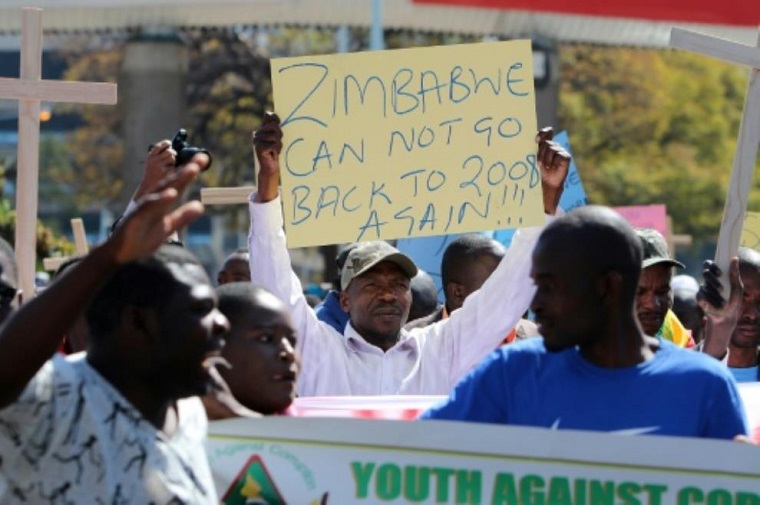 In Zimbabwe, history does not necessarily repeat itself, but it often rhymes.
In Zimbabwe, history does not necessarily repeat itself, but it often rhymes.
The headwinds facing the Zimbabwean economy are not new. In fact, that they are happening again in almost perfect congruence to the hyperinflation period is a very strong indictment on the political in particular and both the monetary and fiscal actors in general.
Cash shortages, a vibrant parallel market for foreign currency, long winding queues for fuel are a feature again. Heck, phrases like “price controls” and “profiteering retailers” are coming back into vogue.
Zimbabwe has been here before, and the current sequence of events reads like a script from the same old playbook.
As a rule of thumb, whenever the Zimbabwe Stock Exchange goes on supernova, as if on steroids, all is not well in the motherland.
The local bourse has been rising, as pension funds, insurance companies and retail investors alike, scurry toward equities as a hedge against both inflation and the potential risk of their bank balances, commonly referred to as “RTGS”, becoming worthless.
Forget about fundamentals, as long as the company is listed, then it will preserve value somewhat. Except of course for the black sheep, manifesting themselves in the form of entities like Zeco Holdings and Medtech, which justifiably garner very little interest.
This past week saw the stock exchange rise to its highest levels ever, achieving a market capitalization of $23.2 billion last Thursday, about 90 percent of Zimbabwe’s newly calculated GDP of $25.8 billion.
Just as was the case during the pre-dollarisation era when the stock market defied all convention, registering earth-shattering price increases, history does indeed rhyme.
In much of 2003-2005, the Zimbabwe Stock Exchange was a speculator’s paradise. In February 2005 in particular, the stock exchange gained by 34% to record a market capitalization of ZW$21 trillion (US$3 billion at the time).
In fact, in that very week, at least ZW$1 trillion (circa US$142.8 million) was added on the stock market every day.
These numbers, much like the ones witnessed last week when in a panic gripped buying spree, share prices soared to astronomical levels, leading circuit breaker regulations to be enforced as several stocks breached the 20% single daily gain limit.
Again, just like during the Zim dollar stock market mirage, much of this value, not backed by fundamentals will disappear as the market self-corrects at some point.
Continued next page
(263 VIEWS)


